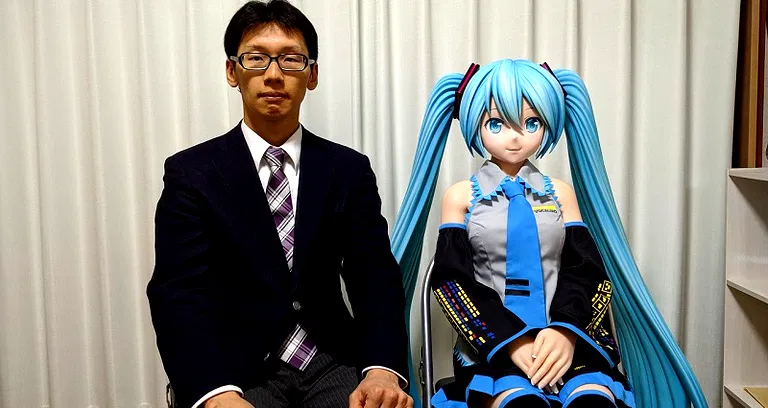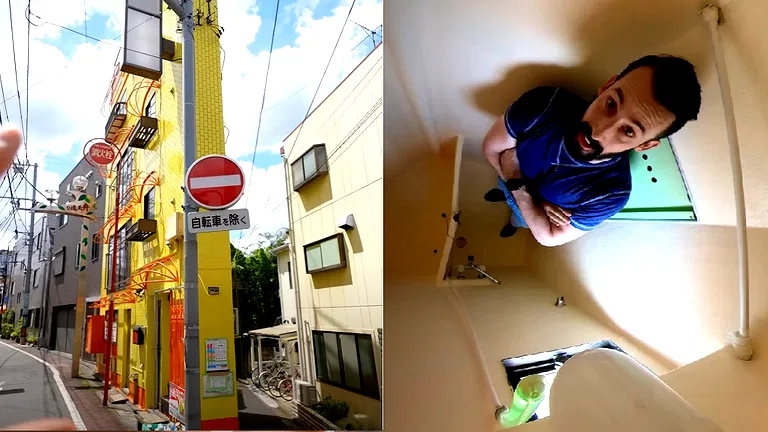
It is time for you to decide which income tax regime you will use, whether you want to stick with the old one or go with the new one, since the deadline for filing your information technology returns is becoming closer and closer with each passing day. The question is, why is it so crucial to make this decision with caution? To what extent does the new tax system vary from the previous tax regime, and under what conditions might you potentially profit from the new tax regime? Let’s get to the bottom of everything
In the budget for the year 2020, a new tax regime was implemented with the intention of simplifying tax calculations and providing tax rates that are more favorable. Therefore, unless you expressly choose to continue using the previous tax system, the new tax system will be regarded to be the default option, and as a result, your income tax due will be calculated in accordance with the new tax system. Additionally, if you do not submit your taxes by the 31st of July, you will be required to proceed with the new tax regime. This is because the option to choose the previous tax regime will no longer be open to you.
What kinds of deductions are available under the new tax system?
A significant number of deductions are not available under the current system, in contrast to its predecessor, which had more than seventy exemptions and deductions that were designed to reduce an individual’s taxable income and, therefore, their tax payment. With the exception of a basic deduction of Rs 50,000 and deductions for the payment that your employer makes to your NPS, there are just a few deductions that are permitted. These deductions include the following:
1. Transportation allowance (in the event that the person has a unique ability)
2. Allowance for conveyance costs (to cover the expenses of travel and tour)
Things that are required for official reasons.
In addition, under the previous system, you were able to take advantage of particular exclusions that pertain to voluntary retirement, leave encashment, and gratuity. Under the new system, individuals with incomes of up to Rs 7,000 are eligible for a reimbursement of Rs 25,000. Because of this, individuals who have an annual total taxable salary that does not exceed seven lakh rupees are eligible to get a refund of up to twenty-five thousand rupees.
However, it is important to keep in mind that you will not be able to take advantage of the usual exemptions and deductions that were available under the previous system. These examples include health insurance premiums, investments in tax-saving FDs, ELSS, home rent agreement (HRA), leave travel allowance (LTA), PPF, EPF, and other applicable deductions. Therefore, the new regime will not have much to offer you if you are living on rent or if you are meticulously preserving your hard-earned money across several investment vehicles such as mutual funds, PPF, and other options.
When would you be able to benefit from the new tax regime?
If, on the other hand, you do not want to have an excessive amount of deductions taken from your income, the new tax system is more favourable for you. Due to the fact that the previous system required many investment proofs, this method is uncomplicated and uncomplicated, and it may be useful for those who do not want to deal with the headaches of paperwork while completing their income tax return.
Additionally, if your income is up to Rs 500,000, you have the option of selecting the new tax regime. This is due to the fact that the basic exemption level, which is the amount of income up to which one is free from paying any taxes, is somewhat higher under the new regime, coming in at Rs 3,000,000. This is in comparison to the former system, which had a ceiling of Rs 2.5 lakh.
In addition, financial experts point out that the new system can be more advantageous for you if the sum of all of your deductions does not surpass Rs 1.5 lakh. It is important to note, however, that you should not base your choice only on lower tax rates. You should first determine your outflows, and then determine the deductions and exemptions to which you are entitled under each of the regimes. It is a good idea to also compare your income under both regimes by utilizing the tax calculator that is provided by the IT department. Wait till then to make a final decision.
Read This Also: Delhi NCR Housing prices jumps by 49% in 5 years







